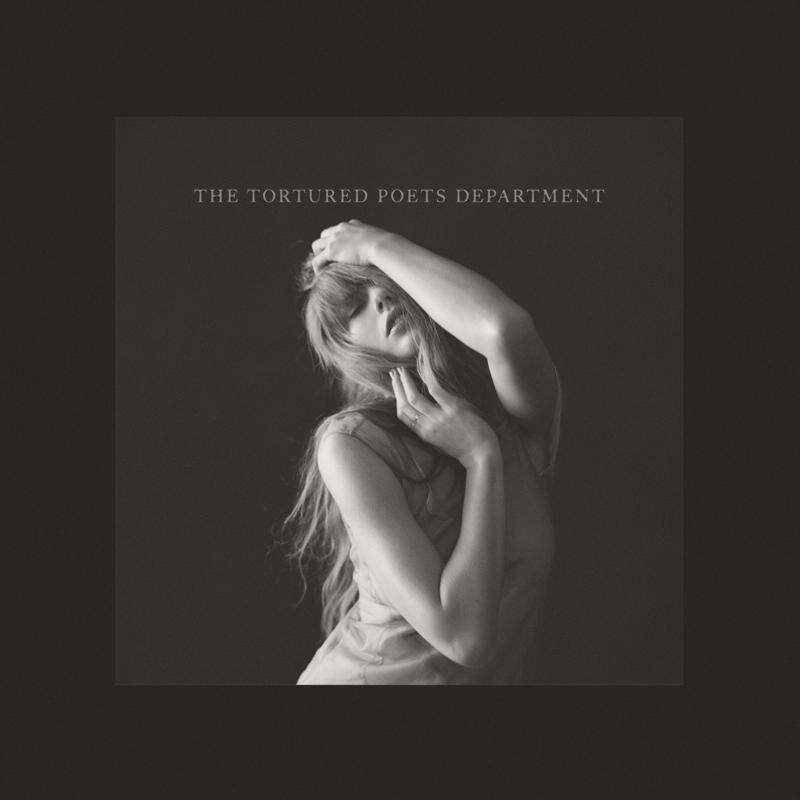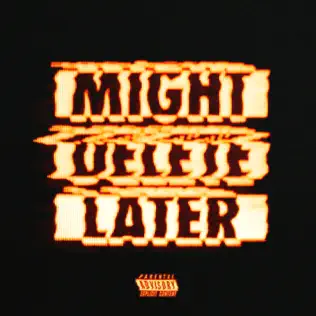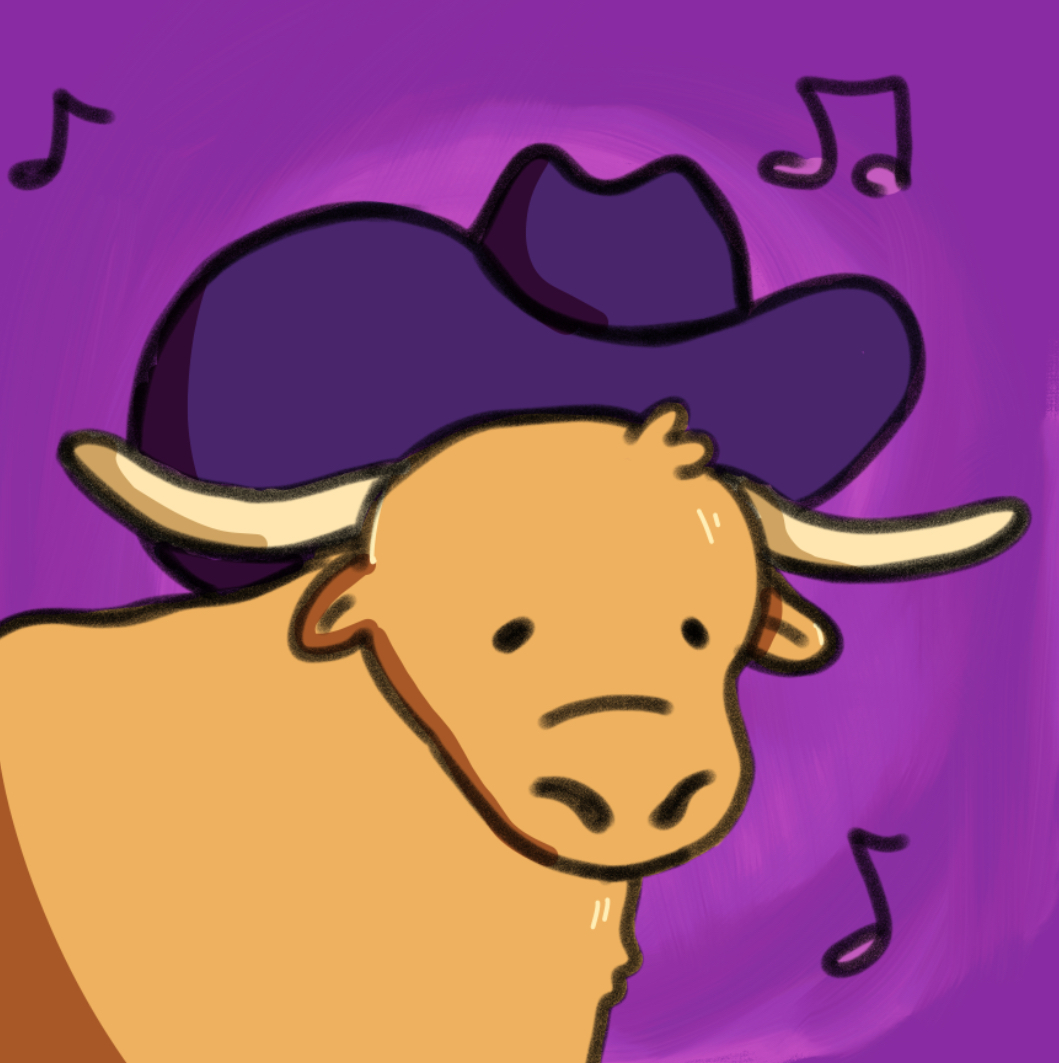“Gonna put my pink dress on/And do my hair up tight,” sings Sinead O’Connor on “4th & Vine,” the opening song on her latest album, How About I Be Me (And You Be You)? O’Connor’s mystique and outspoken views have always served as a catalyst for her music and success.
Although the songstress is well into her mid-40s, O’Connor is still as confrontational and confessional as she was during her rise in the 90s.
How About I Be Me is a testament to that, with the singer unashamedly embracing who she is while retaining that vigor (and shaved head) that catapulted her into the spotlight.
O’Connor’s I’ll-do-what-I-want attitude, combined with a punk rock ferociousness and a dash of Irish fervor, served as a pleasingly catastrophic concoction throughout the singer’s career. Frank Sinatra threatened to “kick her ass” back in 1990 when she announced that she would not perform if the United States’ national anthem played before one of her concerts. And how could we forget her infamous stint on “Saturday Night Live” when she ripped up a photo of Pope John Paul II?
Such events, along with a disordered personal life reflected through feeble attempts at musical experimentation (O’Connor’s past albums awkwardly dabbled with reggae, Celtic and contemporary worship music), led to fans and critics asking a similar question: Will O’Connor ever find herself amidst the chaos? Fortunately, the singer has in her ninth album.
“Your joy is my joy,” sings O’Connor on the album’s first single, “The Wolf Is Getting Married,” which could serve as an indirect message of gratitude to her fans. “I used to have no one else around me/I was too free, if that’s possible to be,” O’Connor continues. The singer’s retrospective narratives have always been her strong point. She is not hesitant about her confessions, singing each statement with a confidence that only years of struggle and hardship could produce.
“Old Lady,” an ode to heartache, swoons somberly over angelic, atmospheric strings. “But that’s a way down the line/You see for now he isn’t mine,” sings O’Connor, her lighthearted declarations an experience that all listeners can easily relate to. “And I know one day he’ll say, ‘That’s my girl,’/The happiest words in the world,” sings O’Connor, optimistic that her future love will
someday be attainable.
Each song is a reminder of how compelling O’Connor is as a songwriter. For example, “4th & Vine” is pure pop bliss. “I will, I will,” repeats O’Connor over infectious, jangling melodies, a near-perfect accompaniment to a fairy-tale story of marriage. The stories she creates are not veiled or disguised; she reveals moments of anger, sadness and loneliness, never hesitant in her delivery. The songs are also great in that they reflect O’Connor’s disregard for mainstream appeal. In returning to the spotlight, O’Connor does not sacrifice her creativity for easily-digested pop gems, finding satisfaction in creating rough diamonds that show her imperfections and strengths.
How About I Be Me is impressive in that it shows O’Connor’s eclectic approach to her music. The album’s sound is reminiscent of O’Connor’s first two albums, The Lion and the Cobra and I Do Not Want What I Haven’t Got, melding luscious, Irish melodies with memorable and insightful wordplay.
The album also shows O’Connor’s relevance: she courageously lays herself on the line, addressing unrequited love, religion and other topics in a way that shows growth and understanding. O’Connor has distanced herself from her radical past and seems to have found harmony in her present situation, writing songs that the listener can enjoy and possibly even connect with.




















